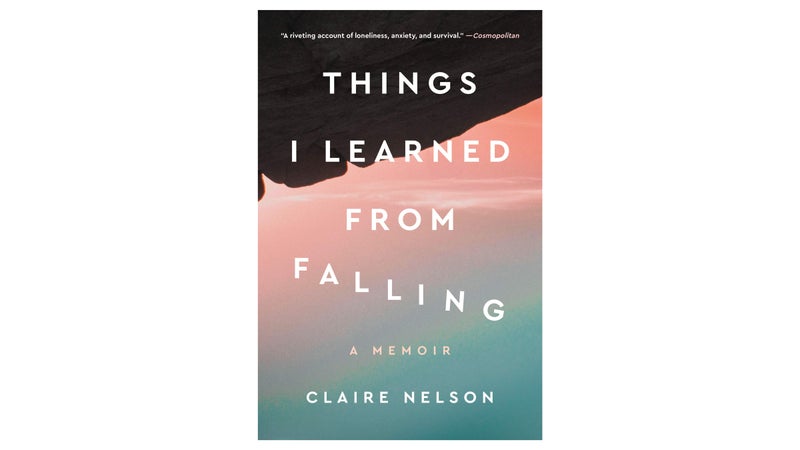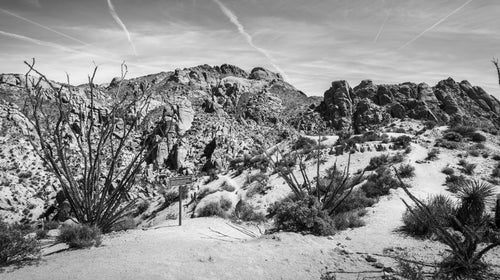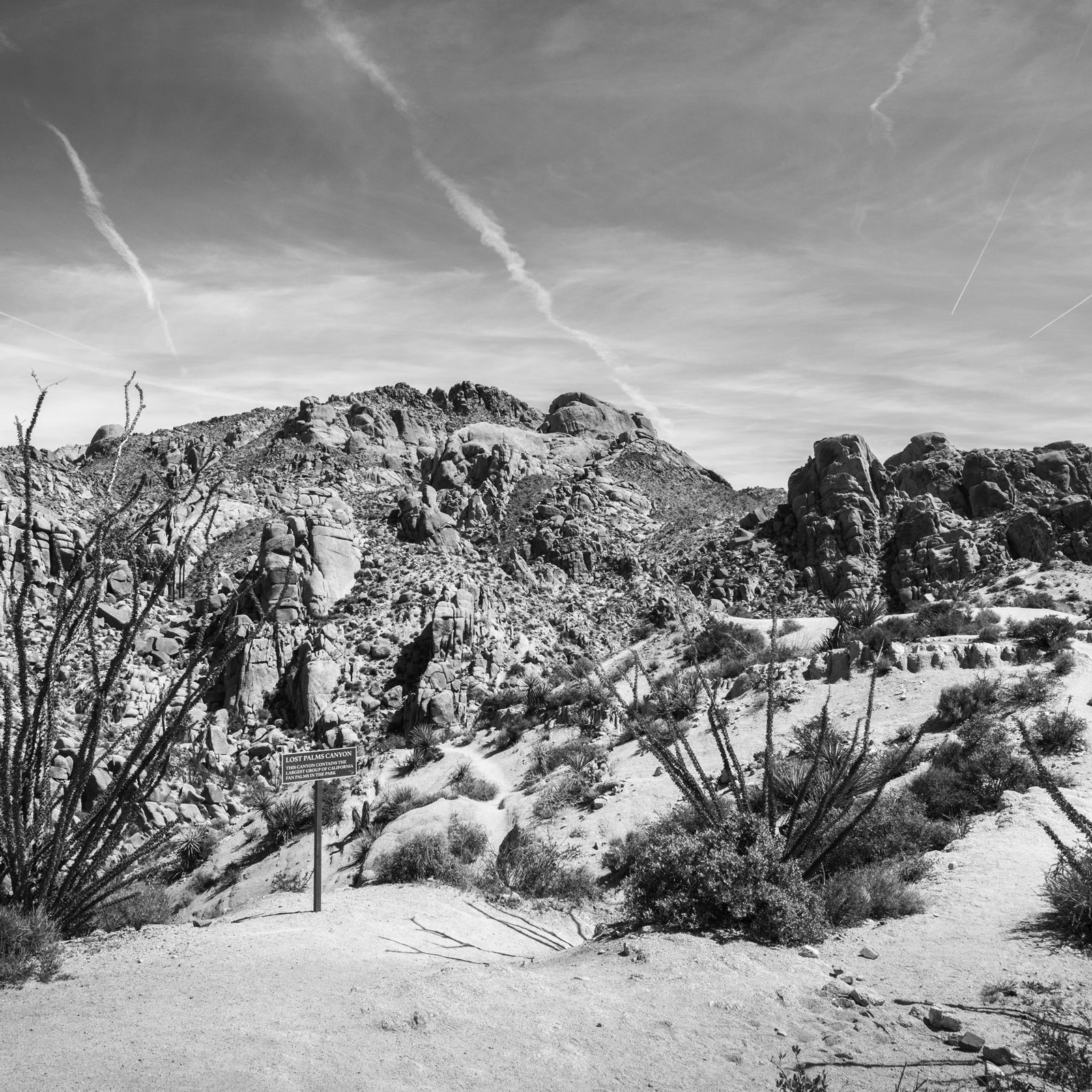In May��2018, Claire Nelson was hiking on the Lost Palms Oasis Trail in California’s��Joshua Tree National Park��when she got lost and fell 25 feet while trying to scramble over a boulder field. Her pelvis shattered, leaving her unable to move. With no cell signal to call for help, the��36-year-old waited��for��four days before��rescue crews found��and airlifted her out. Her story quickly made ��and became one of the park’s most publicized rescues in recent history.
In a new memoir, , Nelson gives readers an intimate look at the near-death experience and how it reshaped her life.��In recent years, fatalities and injuries��have become all too common in Joshua Tree, where an ��has��dangerously coincided��with limited search and rescue resources. In April, another hiker while climbing a boulder there and had to be airlifted to a nearby trauma center, and the park’s search and rescue team estimates it could spend 12,000 hours this year on trainings and active cases—a significant jump from the��3,589 hours it��spent on both in 2019.��Yet Nelson’s story stands out for its seemingly miraculous ending; it isn’t often that a person survives four days alone in the desert heat with minimal food and water��and a severe injury to boot.
Originally from New Zealand, Nelson moved to London in her early twenties to work as a freelance writer before becoming an editor at a food and travel magazine. After 13 years in the city, she needed a change, so��she decided to move to Canada to start fresh. Soon after arriving, Nelson traveled to Joshua Tree to house-sit for some friends, eager to find solace and meaning in the outdoors. That’s when she set out on the day hike that went horribly wrong.
After falling into a hidden canyon far off the trail, Nelson prepared to die. She had less than five liters of water with her, so she began to drink her own urine, nibble at her lip balm��for sustenance, and record videos on her camera for her family and friends to watch after her body was found. She hadn’t told anyone about her hiking plans before leaving, and there was little hope that anyone would discover��her.
The lack of water quickly grew unbearable. “Dehydration is a god-awful business,” Nelson writes. “It starts in the mouth, the initial pang of craving quite subtle and easy to ignore, but the signals get more insistent. Over time your tongue becomes increasingly dry and scratchy, thickening like a woollen mitten, sticking against the sides of your mouth, like Velcro… From there you feel it in your head; a slowly increasing pressure throbs inside your skull, as if your brain is shrinking in on itself, withering like a piece of dried fruit.” She started fantasizing about Diet Coke, among other refreshments, willing them to be real.
Despite her dire situation, Nelson got crafty. In an effort to more easily capture her urine and keep herself clean (a near impossibility since she could barely control her bladder), she used tweezers to cut off her underwear. To protect herself from the unrelenting sun, she covered her body with the belongings she brought in her daypack: a park map, a bandana, and a spare T-shirt. She tried to stay cool by dragging her body into the sparsely available shade, though this caused excruciating pain in her pelvis. On the second day, she fashioned a sort of umbrella with a grocery bag held up with a stick.

The book would be complete as a survival narrative, but Nelson is��also attempting to tell a personal story in the vein of��Cheryl Strayed’s : she intersperses her account of the accident with descriptions of the experiences that led her to Joshua Tree, including her struggle with depression in London and formative moments as a child in New Zealand. Though Nelson’s writing about her time in the desert is vivid and unique, these background sections sometimes feel stagnant.��She frequently brings up her tendency to push people away and her inability to ask for help because she “hated feeling weak” and was “embarrassed to have a weakness,” using language that can��occasionally feel repetitive. This structure, however, allows readers to understand how the fall was��a moment of reckoning for Nelson:��her prolonged isolation helped her come to terms with her insecurities and loneliness��and understand that it’s OK��to need support from others. Nelson is hardly the first person to have had these kinds of revelations after a near-death experience, but the universality of the struggles she faces in her personal life is��part of��what makes her story engaging for a wide audience, whether readers have spent a lot of time in the backcountry or not.
On the fourth day, Nelson was drifting in and out of consciousness when she heard the sound of a helicopter. She screamed and waved her makeshift umbrella as the helicopter flew overhead, in the hope that the rescuers inside would see her. Then, finally, a voice yelled out, “CLAIRE, WE SEE YOU… WE’RE GOING TO COME AND GET YOU.” Reading this, you can’t help but feel emotional; rescuers later said they didn’t expect to find Nelson alive.
After taking time to slow down and focus on her health, Nelson found herself back in Joshua Tree the next year with friends, on the same trail. “I thought of those bleakest moments when I believed I would never again do something like this, never again be back in the land of the living,” she writes. “But hiking in the desert with friends… It was the most discomforting and wonderful and humbling feeling.”


